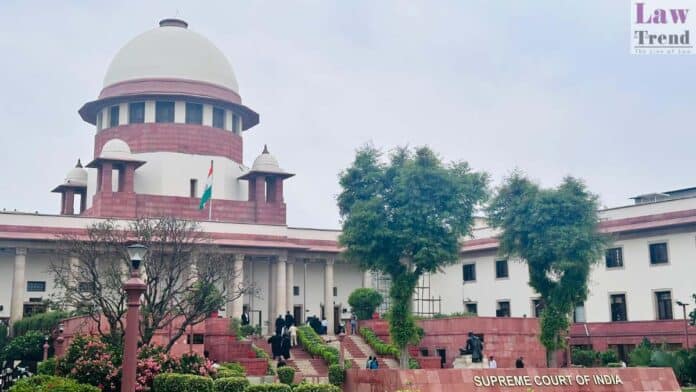In a significant ruling on Friday, the Supreme Court issued a stay on any new constructions or renovations at Mehrauli Archaeological Park, home to religious structures dating back to the 13th century, including the Ashiq Allah Dargah and the Chillagah of Baba Farid, a revered Sufi saint.
Chief Justice Sanjiv Khanna and Justice Sanjay Kumar presided over the bench that heard the plea brought forth by Zameer Ahmed Jumlana, who sought to protect these age-old edifices from potential demolition. During the proceedings, senior advocate Nidhesh Gupta highlighted a report from the Archaeological Survey of India (ASI), which noted one of the monuments had been established about 700 years ago.
Chief Justice Khanna criticized the encroachment practices that commercialize the historical site, urging ASI to develop a comprehensive site plan to prevent further unauthorized expansions. Additional Solicitor General K M Nataraj raised a point of inquiry about distinguishing between newly constructed and historically old structures.
Despite some legal voices arguing that the monuments were not officially protected, thus eligible for renovation, the bench clarified that any such activities would require appropriate permissions under existing legislation. The ASI’s interim report underscored the necessity to ascertain and verify the original structures. The court scheduled further hearings for April 28, where the ASI must submit additional reports, and parties may present their objections or submissions.
The ASI’s earlier statements revealed the religious importance of the two structures within the park, with Muslim devotees regularly visiting the Ashiq Allah Dargah and Baba Farid’s Chillagah. An inscription on the tomb of Shaikh Shahibuddin (Ashiq Allah) indicates it was built in 1317 AD.
The report also noted that structural changes intended for restoration had affected the site’s historic integrity. Located near Prithviraj Chauhan’s citadel, these structures fall within a 200-meter regulated zone as per the Ancient Monuments and Archaeological Sites and Remains Act, requiring prior approval for any construction work.
Devotees of the site engage in lighting lamps at the Ashiq Dargah to fulfill wishes and visit the Chillagah to seek protection from evil spirits and omens, underscoring the deep religious significance and emotional resonance of the site with a specific community.




